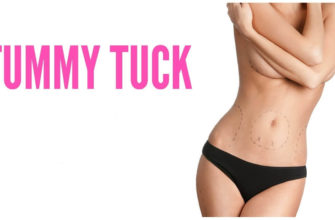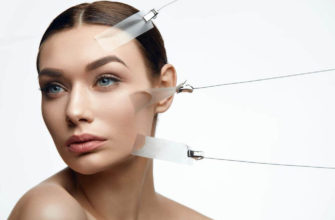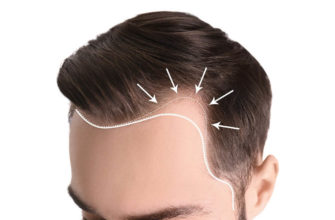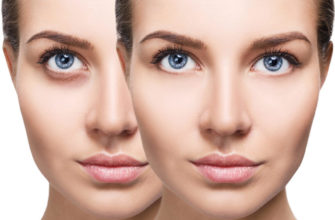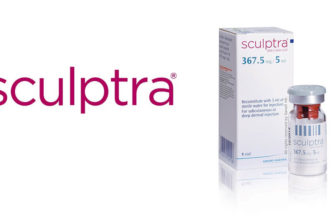Braces have revolutionized orthodontics. They help people get straighter, healthier smiles. Brackets are attached to the front of teeth. These are connected with a wire that applies pressure, guiding teeth into the desired position. Metal, clear, or ceramic brackets can be used.
This treatment not only straightens teeth but also aligns the jaw and bite. This prevents future dental problems like decay and gum disease. Traditional metal braces have been around for decades. Now there are other options such as lingual braces and Invisalign.
Believe it or not, people have been using braces since 1600 BC! Ancient Egyptians used metal wires. In the 18th century, French dentist Pierre Fauchard came up with a more efficient method using flat pieces of metal connected by thread.
Understanding the Purpose of Braces
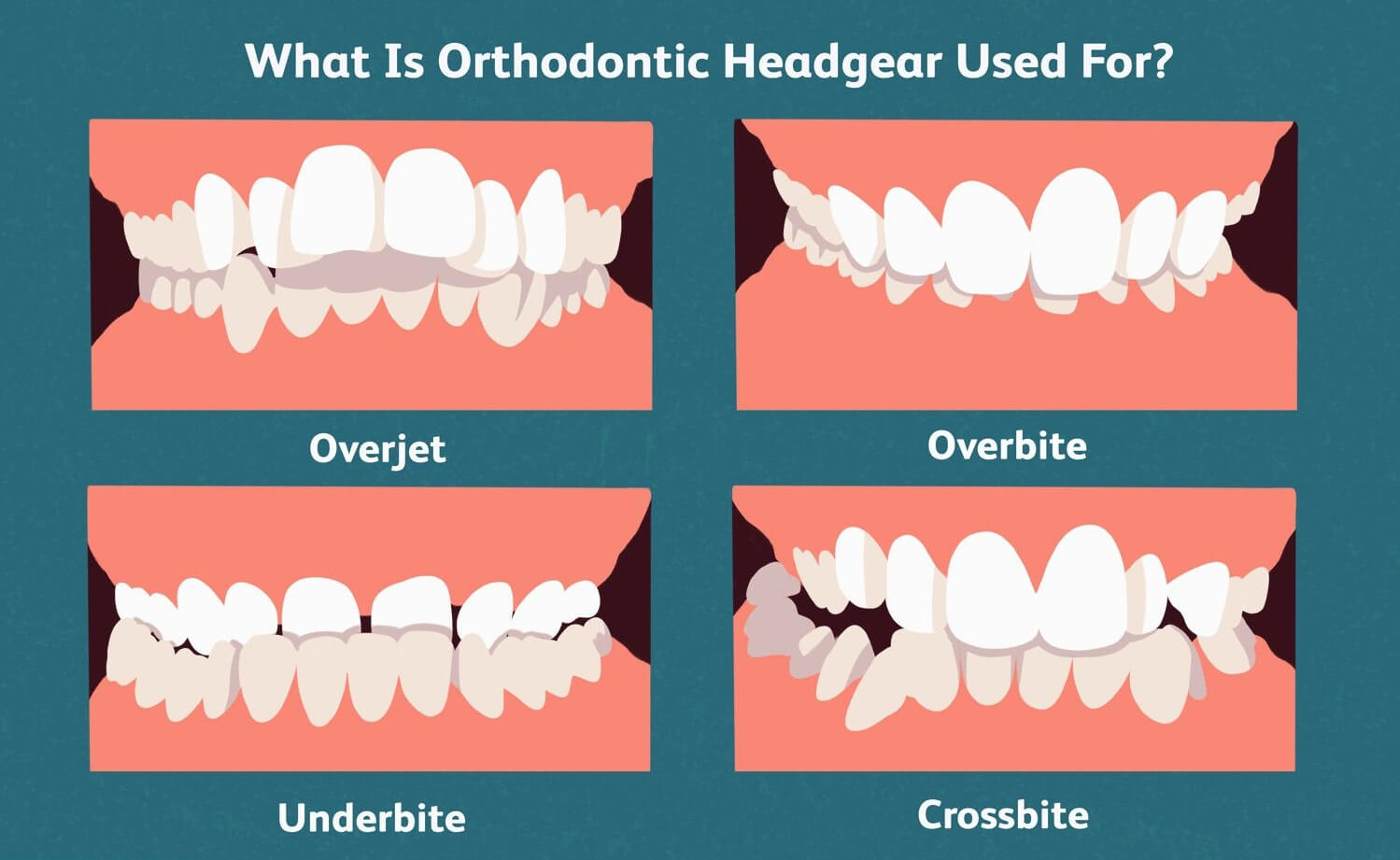
Braces – a common orthodontic treatment – are essential for dental care. They help correct misalignment and bite issues, while boosting overall oral health. Let’s explore the advantages of wearing them.
- Braces gradually move teeth into the right place, aligning them to improve the bite.
- They also create more space in overcrowded mouths, allowing for better dental hygiene.
- Braces fix malocclusion, so you avoid jaw pain and other difficulties with speaking or chewing.
- And, of course, they make your teeth look straight and great – boosting your confidence!
Beyond the physical benefits, braces lower the risk of dental problems like tooth decay, gum disease, and TMJ disorders, thanks to their precise adjustments.
It may sound difficult, but there are ways to make wearing braces easier. Good oral hygiene habits and regular visits to the orthodontist should do the trick. Plus, choose soft foods that won’t damage or get stuck in your brackets or wires.
Braces – it’s like going to the gym for your teeth! End result: a smile that can light up the night sky.
The Process of Getting Braces
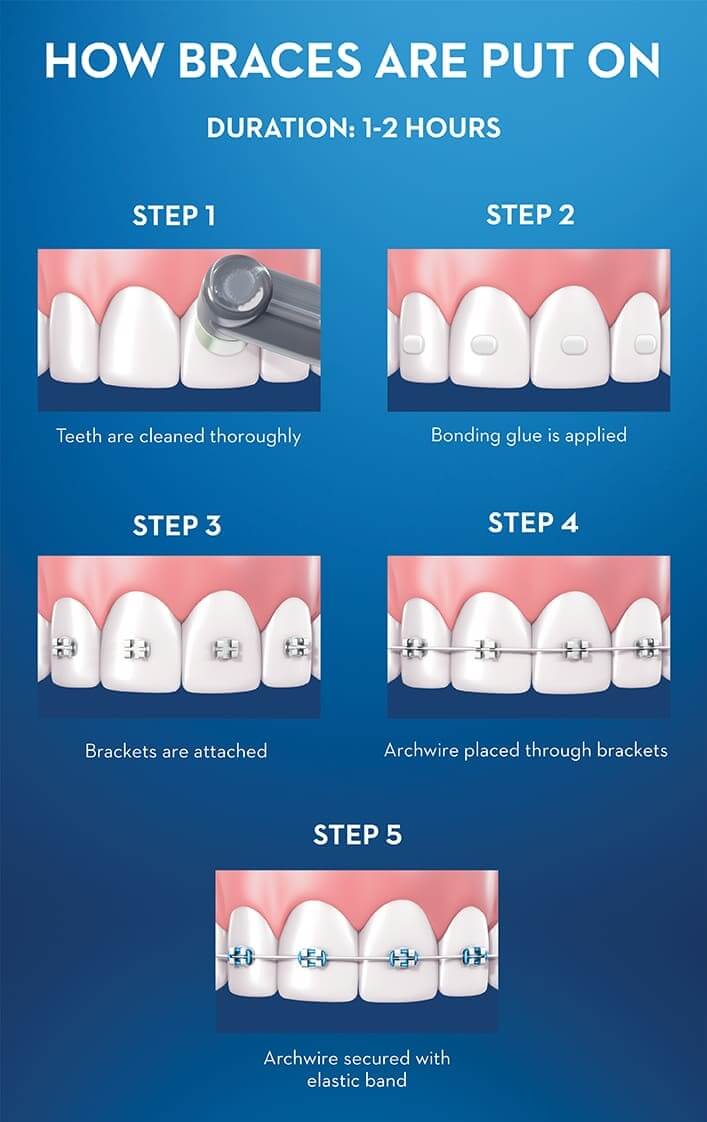
Getting braces is a lengthy and precise process that needs time and dedication. To get the perfect smile, there are some steps to take, all tailored to you. Here, we’ll explain the most important stages when it comes to getting braces, and give a helpful guide for those considering this orthodontic treatment.
- Consultation: You must first arrange an appointment with your orthodontist. During this first visit, they’ll look at your oral health, take X-rays and moulds of your teeth, and chat about your treatment options. This is also a great chance to tell them any worries or queries you have.
- Customization: When you decide to move forward with braces, your orthodontist will make a customised treatment plan based on their review of your mouth. This involves picking the correct type of braces, such as metal braces or more hidden alternatives like ceramic or lingual braces.
- Placement: On the day of your appointment, your orthodontist will attach the chosen braces to your teeth using dental cement. They’ll then secure wires or brackets to the braces based on the plan. This process may take a while as each bracket needs to be positioned accurately for ideal results.
- Adjustments and Maintenance: After getting braces, appointments will be planned regularly for adjustments and maintenance every few weeks. At these visits, your orthodontist will tighten or replace wires if needed, observe progress, and ensure that everything is going well towards a straighter smile.
- Removal: When the desired alignment has been achieved and your teeth are in their ideal spot, it’s time for brace removal. This is a thrilling moment as you’ll finally see the final outcome of months or even years of effort! Your orthodontist will carefully take off the brackets and wires before giving you retainers to help maintain the new alignment.
It’s worth noting that everyone’s experience with braces is unique. Some people may need extra steps, such as tooth extractions or orthognathic surgery, depending on their particular dental issues. So, it’s critical to talk to your orthodontist to fully grasp your treatment plan and expectations.
In recent years, braces have become really popular with people of all ages. The American Association of Orthodontists states that about four million Americans wear braces, and 25% of them are adults wanting a more confident smile. There’s no limit to the desire for a straighter and healthier set of teeth!
Before getting braces, you’ll have the opportunity to review your teeth and ask yourself how they managed to become the main acrobatic act in the circus.
Evaluating Before Treatment
Evaluating prior to treatment is essential for understanding a patient’s initial dental state. To do this, a thorough examination must be conducted. This includes dental X-rays, impressions, bite analysis, facial symmetry assessment, gum health check and an overall oral health evaluation.
These steps allow orthodontists to customize their approach to each patient’s needs, offering personalized care and better outcomes. It’s important to remember that only qualified professionals with appropriate education and training should perform orthodontic evaluations.
So, if you want to smile with confidence, find out which braces will leave your teeth as straight as a ruler!
Types of Braces
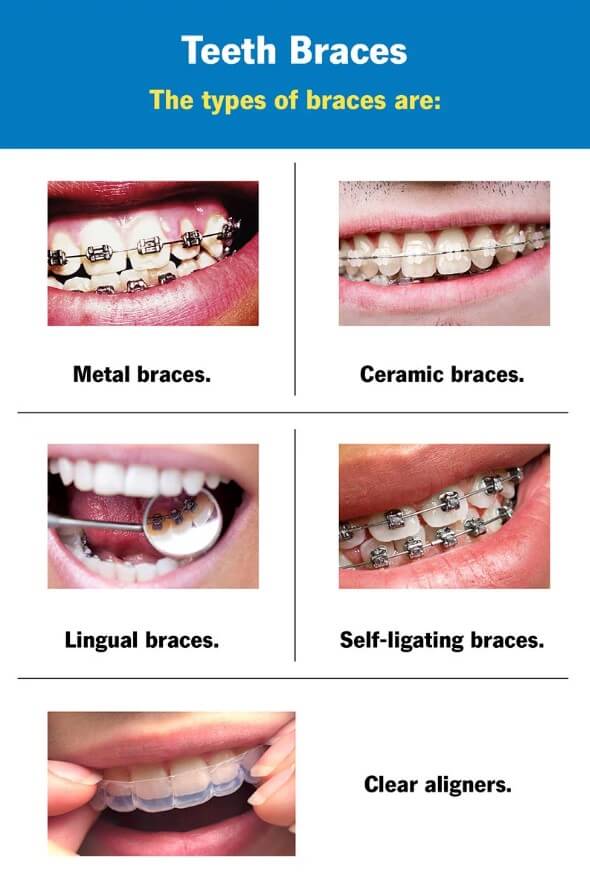
Orthodontic treatments offer a range of braces. Let’s explore the different types without delay!
Here is a handy table:
| Type of Braces | Description |
|---|---|
| Metal Braces | Stainless steel brackets & wires |
| Ceramic Braces | Tooth-colored, blend with teeth |
| Lingual Braces | Custom-made, attached to back |
| Invisalign | Clear & virtually invisible |
Unique aspects: Metal braces are durable & cost-effective. Ceramic braces offer more discretion. Lingual braces are hidden behind teeth. Invisalign have transparent aligners – can be removed.
Sarah chose ceramic braces – she wanted to prioritize aesthetics. Initially, self-conscious but confidence grew as her teeth shifted into alignment. Before & after photos show beautiful transformation.
Braces come in various types – an option for everyone’s needs. Metal, ceramic, lingual, or Invisalign – revolutionizing smiles worldwide. Take the leap towards achieving your dream smile now! Before treatment photos make you feel like a dental superstar… in training!
The Braces Journey: Before Treatment
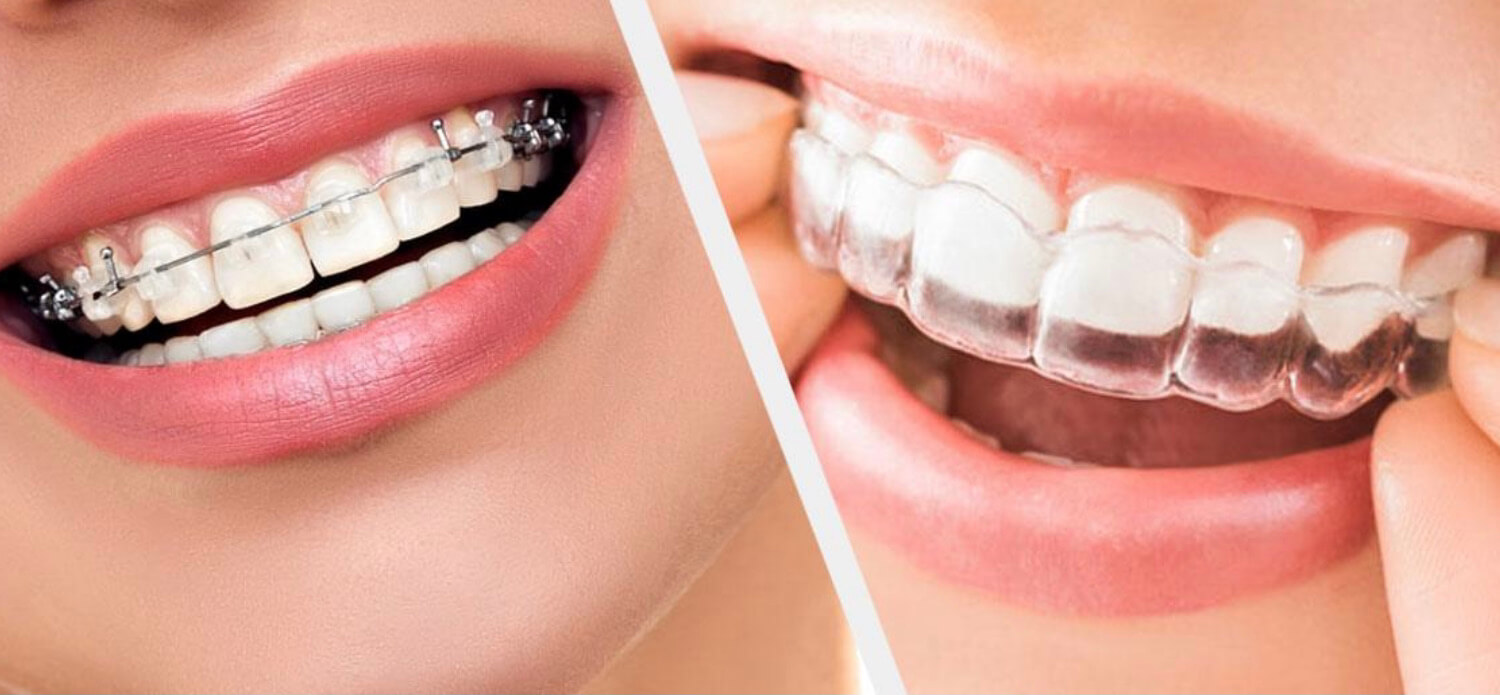
Braces – an incredible voyage starts before treatment. Find out what to anticipate and how your braces endeavour is about to take off!
- Enlighten yourself on the initial steps: picking braces, meeting with an orthodontist, assessing dental records and creating a personalised treatment plan.
- Stress the importance of dental health assessment before embarking on the orthodontic process.
- Point out the role of X-rays, impressions and photographs in capturing accurate dental info for treatment planning.
- Highlight the necessity of addressing underlying issues such as tooth decay or gum disease before beginning braces treatment.
What’s more, prepare yourself for thrilling stories which illuminate real-life situations. In one instance, a teenage girl revealed how she began her braces journey with conflicting feelings. At first worried about her looks and potential discomfort, she was astounded by the encouraging community she discovered online. With each update showing gradual progress archived via pics and inspirational anecdotes from other patients, her assurance soared.
The Braces Journey: During Treatment
Patients must see their orthodontist for check-ups and adjustments. This helps monitor tooth movement. Also, brushing, flossing, and rinsing are part of a strict oral hygiene regimen. Certain foods can damage braces, so patients must avoid them.
Different orthodontic appliances, like rubber bands or headgear, may be used for specific bite issues or jaw alignment. Each person’s treatment timeline is different. Some may wear braces for years, others only for a few months.
History reveals that braces have been around for thousands of years! Ancient Egyptians wore metal bands around their teeth as early as 1000 BC. So, straightening and aligning teeth has been around for ages!
The Braces Journey: During Treatment is aimed at helping individuals get a straighter smile while improving oral health. Regular check-ups, proper oral hygiene, and dietary guidelines are key to successful progress. Let’s brace ourselves for a jaw-dropping transformation!
The Braces Journey: After Treatment
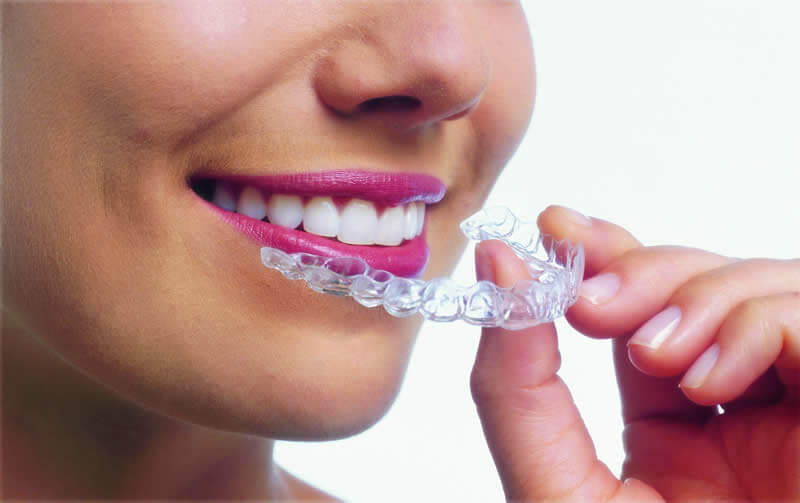
The orthodontic journey doesn’t end with the removal of braces. Patients experience a renewed sense of confidence and pleasure in their straighter smile. This rewarding moment marks the culmination of many months or years of commitment.
Individuals can now eat without restrictions. They can enjoy crunchy apples and chewy caramel without fear of damaging their braces. This milestone brings immense satisfaction and enjoyment to everyday meals.
The transformation is remarkable – crooked teeth have been straightened, gaps have been closed, and alignment issues have been corrected. This newfound appearance boosts one’s self-esteem and leaves a lasting impression on others.
The benefits of proper alignment go beyond aesthetics. Patients experience improved oral health due to easier cleaning and maintenance. With straight teeth, brushing and flossing become more effective, reducing the risk of gum disease and tooth decay.
Studies show that proper dental alignment leads to better overall health as well. Those with well-aligned teeth have lower instances of headaches and jaw pain compared to those with misaligned teeth.
Life with Braces: Challenges and Solutions
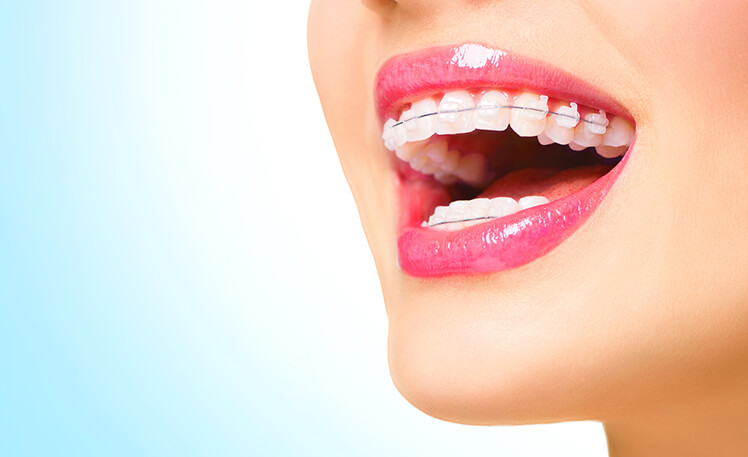
Life with braces can be both tricky and rewarding. It’s important to be aware of the pitfalls, as well as how to overcome them.
Here are some points to keep in mind:
- Discomfort: At first, wearing braces may feel uncomfortable, especially when talking or eating. But this feeling is only temporary. You can use orthodontic wax to ease any sore spots.
- Oral hygiene: Brushing and flossing are even more essential when you wear braces. Food particles can get caught in the wires and brackets, leading to plaque and cavities. Regular brushing, flossing, and using interdental brushes will help you keep your teeth healthy.
- Diet changes: With braces, certain foods can cause trouble. Sticky or hard foods like caramel, popcorn, or nuts may damage the wires or brackets. Stick with softer options like soups, mashed potatoes, and smoothies while you adjust.
Apart from these challenges, there are further things to keep in mind:
- Adjustment appointments: During your orthodontic treatment, you will need periodic adjustments to maintain progress towards a straight smile. These adjustments fine-tune the positioning of your teeth.
Pro Tip: Remember to attend all appointments with your orthodontist for the best results.
Braces Before and After: Patient Experiences
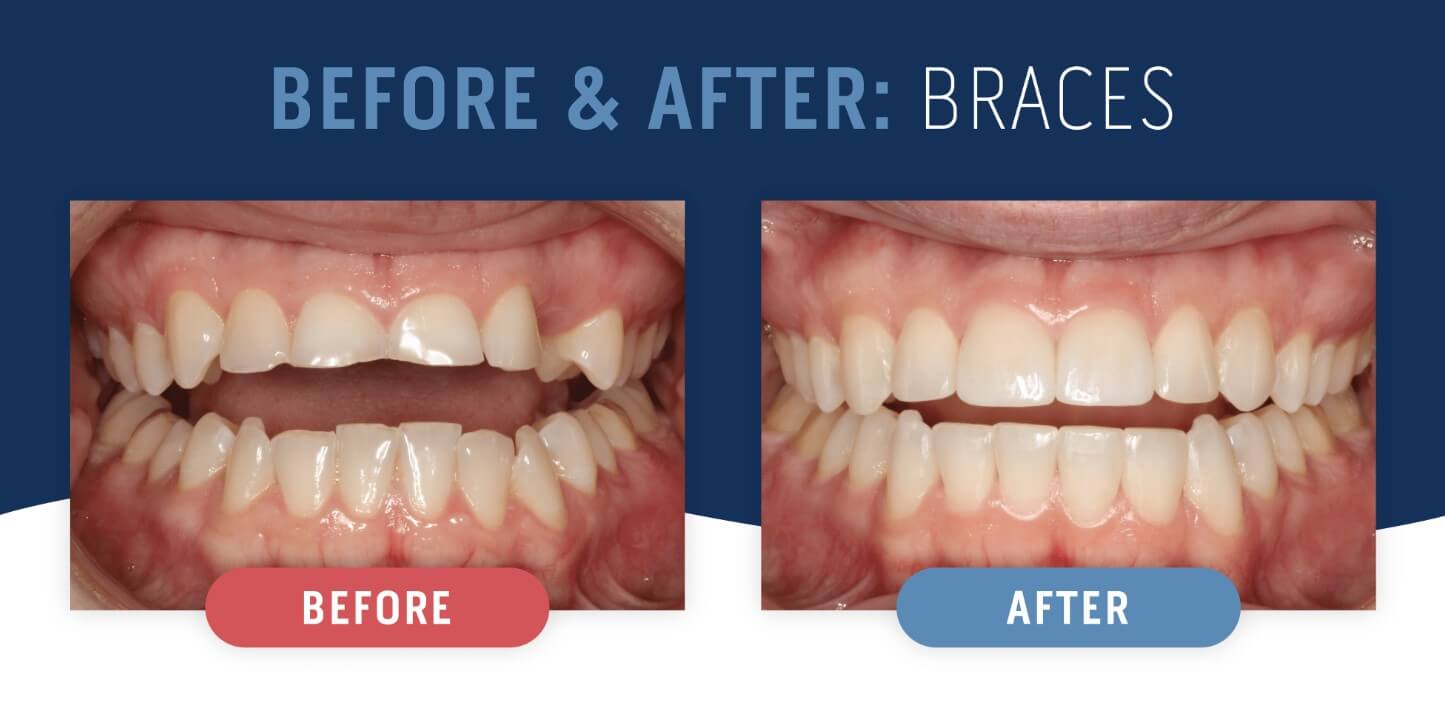
Braces can really change a patient’s smile – from healthier teeth to more self-confidence. People have shared their amazing before and after stories.
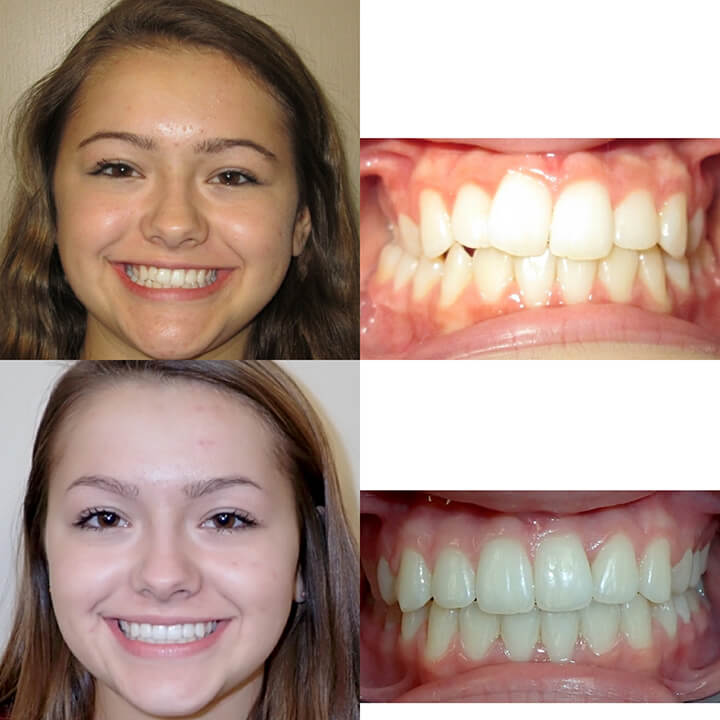
For example:
- Alignment – Straighter teeth gave a better look.
- Biting issues – Chewing improved and jaw pain decreased.
- Gaps closed – Spaces in between teeth were filled, creating a nicer smile.
- Confidence boost – A new smile made them feel more comfortable with others.
Also, patients talked about the importance of taking care of their teeth during treatment and avoiding sticky or hard food.
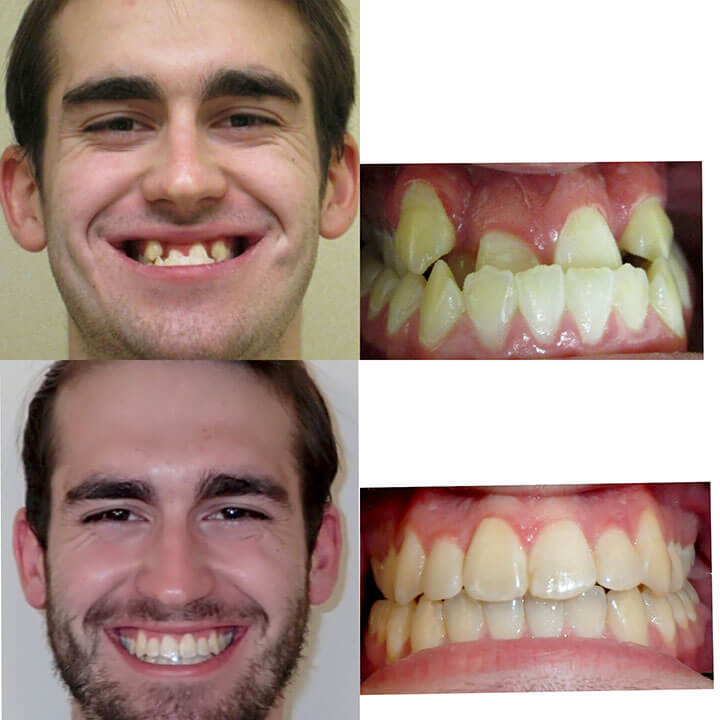
To get the best results, here are some tips:
- Keep teeth clean: Brush and floss regularly.
- Watch what you eat: Stay away from food that could damage braces.
- Go to appointments: Checkups help track progress and make sure everything is going well.
These tips help make the braces journey easier and give you a smile you can be proud of! And don’t forget, the orthodontist’s bank account is the real winner here.
Frequently Asked Questions
Q: What can I expect during the initial consultation for braces?
- A: During the initial consultation, your orthodontist will assess your teeth and recommend the best type of braces for your case. You may also have X-rays taken and discuss the length of treatment and costs.
Q: Will getting braces hurt?
- A: When you first get your braces on, you may experience some discomfort and soreness. This is normal as your teeth are adjusting to the pressure being applied. Over-the-counter pain medication can help alleviate the discomfort.
Q: How long do I need to wear braces for?
- A: The length of time you need to wear braces varies depending on the severity of your case. On average, most people wear braces for 1-3 years. Your orthodontist will provide a more accurate estimate during your consultation.
Q: How do I care for my braces during treatment?
- A: It’s important to brush and floss regularly to prevent plaque buildup. Avoid eating sticky or hard foods that can damage your braces. Your orthodontist may also provide special tools to help with cleaning.
Q: Will I need to wear a retainer after my braces are removed?
- A: Yes, it’s important to wear a retainer after your braces are removed to prevent your teeth from shifting back to their original positions. Your orthodontist will provide specific instructions on how long and how often to wear your retainer.
Q: What happens if I don’t wear my retainer?
- A: If you don’t wear your retainer as instructed, your teeth may shift back to their original positions. In some cases, you may need to wear braces again to correct the shift.
Conclusion and Final Thoughts
We’ve come to the end of this enlightening talk. It’s clear that braces can transform smiles. We saw the ‘Before and After’ journey as well as the impact orthodontic treatment can have. From correcting misalignments to straighter teeth, braces open doors.
Diving deeper, it’s important to recognize the improvements braces can make. Not only do they align teeth, but also fix bite issues and ensure jaw alignment. Enhancing aesthetics and promoting oral health and functionality.
To understand the potential of orthodontic treatment, it’s crucial to experience its life-altering effects. Braces can lead to an improved smile, higher self-esteem, and lasting oral health. Don’t hesitate, take charge of your dental destiny for a brighter future full of laughter and joy!

